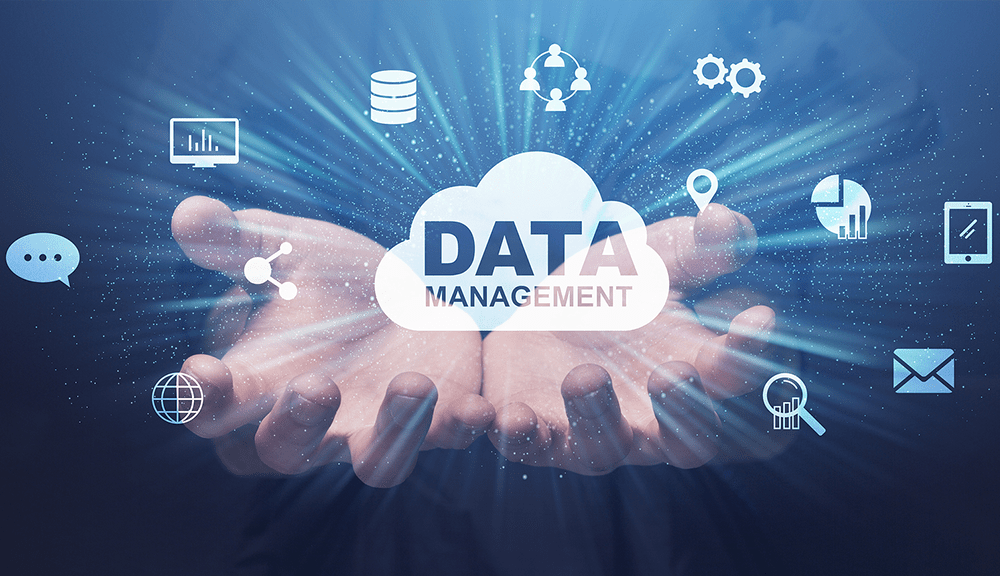
4 Tips For Effective Data Management
For each organization, data management is an essential procedure. Because most firms lack a well-designed data management strategy, resulting issues can occur.
Every organization must have a thoroughly evaluated and assessed data management plan to guarantee that data is managed effectively, appropriately stored, and safeguarded.
It is a common perception that data management is about storing all your data and having data backup systems, but in reality, data management goes far beyond these two basics.
To make sure you’re getting the most from your data, we’ve put together nine data management best practice tips:
1. Get Compliant
The influence of nations worldwide on our economy and commercial operations is apparent in the age of globalization. The same holds true for how businesses run and, most importantly, how they handle personal data.
Ensure your business complies with Europe’s Global Data Privacy Regulations (GDPR), launched in 2018, even if you don’t sell to or target European industries, to avoid potentially crippling fines. If you run a global company, familiarize yourself with the laws governing data privacy and protection in any nation where you do business.
2. Prioritize Data Protection and Security
This is essential to ensure your company doesn’t fall victim to a data breach. Data protection and security must be a priority for your business’s data management.
Company servers also need to be “hardened, ” meaning their software must be patched appropriately to ensure no security vulnerabilities exist and only authorized employees can access data.
Additionally, make sure you are investing in multi-layered security, such as firewalls, multi-factor authentication, anti-virus software, and regular security training.
These data protection appliances will help save your business from significant embarrassment and avoid crippling legal and financial problems.
3. Build a Company Data Management Team
The caliber of your data management workforce is just as crucial as the technologies you use to manage your data.
It’s critical to understand that you require skilled and experienced employees to manage data collection (in line with privacy policies), data quality, data protection, data analysis, and implementation, whether or not you have a specific team.
Any organization must invest in creating an energetic data management team. To guarantee that your analytics initiatives produce both informative and actionable findings and that your data is adequately protected throughout its lifecycle, they must be appropriately trained and possess the necessary certifications.
4. Have a Data Recovery Plan in Place
Because accidents happen, your business needs to have a data recovery strategy in place.
Your plan should include details of:
- Who is responsible for recovering the data?
- A strategy for data recovery
- A timeline for recovery
- If you will be turning to an IT partner for help.
If you have any questions about how to develop a data management roadmap, please contact SALIX at info@salixdata.com.







